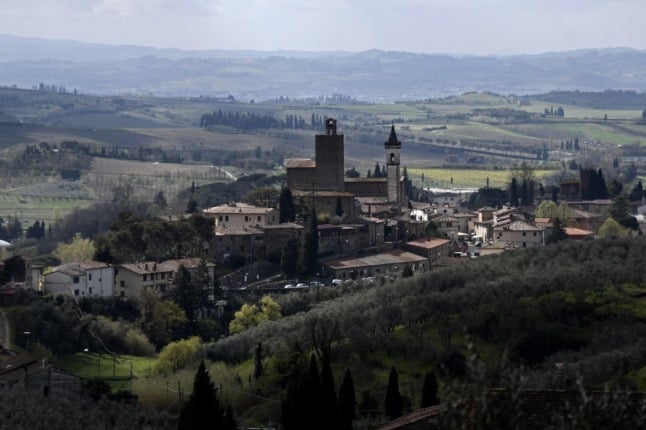Tenuta di Artimino, a 732-hectare estate centred on a Medici villa that is a world heritage site, said on Thursday it had also decided to forgo production of its top red wines after a freak hailstorm on September 19th badly damaged grapes just as they were about to be harvested.
"The harvest was far from easy this year," said estate manager Alessandro Matteoli. "Despite the rainfall and the other vagaries of the weather, the grapes were healthy. But then we had this real hailstorm after the harvest had already started.
"It was a difficult decision to take but rather than disappoint customers who know the quality of our wines, we have decided not produce any vin santo or Carmignano Riserva this year," Matteoli told the Italian news agency Ansa.
Artimino, located in the hills west of Florence, usually makes two types of vin santo (literally holy wine): the amber version made from dried white grapes and the rarer Occhio di Pernice (Eye of the Partridge), a rose version made from red sangiovese grapes.
Both versions are often enjoyed along with cantucci, dry almond cookies that are dipped into the wine.



 Please whitelist us to continue reading.
Please whitelist us to continue reading.
Member comments